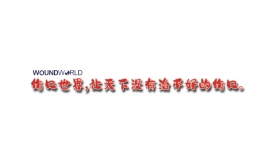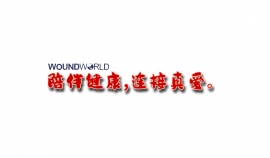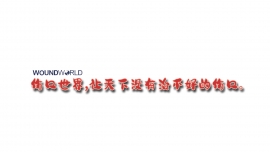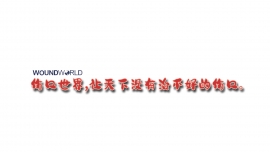文献精选
This advertorial has been developed, organised and funded by the Boehringer Ingelheim and Lilly Alliance for UK healthcare professionals.
Dr Rahul Mohan has received an honorarium to support the development of this advertorial.
Jardiance® (empagliflozin) Prescribing information and Adverse event reporting information for Great Britain and Northern Ireland can be found at the end of this document
Rahul Mohan
Dr Rahul Mohan, GP Partner and Principal, Ruddington Medical Centre, Nottingham, GP Lead for the Rushcliffe Community Diabetes Service, Committee Member of the Primary Care Diabetes Society.
Citation: Mohan R (2023) Practical guidance addressing the national shortage of glucagon-like peptide-1 receptor agonists: From clinical experience. Diabetes & Primary Care 25: 101–4
This systematic review and meta-analysis of 126 randomised controlled trials, published in Diabetes Care, identified that the weekly dose of physical activity required to optimise glucose-lowering in people with type 2 diabetes is 1100 Metabolic Equivalents of Task (MET)-minutes per week, and this remained consistent across a wide range of baseline HbA1c values. This is the equivalent of 36 minutes per day of moderate-paced walking, 244 minutes of moderate-intensity aerobic activity per week or 318 minutes of moderate strength training per week. Multicomponent activity (a mix of strength and aerobic activity), strength training and brisk walking were the most effective activities. Achieving the optimal weekly MET dose had greater effects in those with higher HbA1c at baseline, including up to a 1.02% reduction in those with an initial HbA1c >64 mmol/mol, and there was even a statistically significant 0.24–0.38% HbA1c reduction in those with prediabetes (HbA1c <48 mmol/mol) at baseline. These findings suggest that people with diabetes may need more physical activity than in the current generic recommendations of 150–300 minutes per week of moderate-intensity activity or 75–150 minutes per week of vigorous activity. Since we know that many do not achieve current recommendations consistently, helping people undertake these doses of physical activity is likely to need support from a multidisciplinary team, including exercise professionals and coaches, as well as from family and friends.
Pam Brown
GP in Swansea
Citation: Brown P (2024) Diabetes Distilled: Physical activity – how much is needed to optimise glycaemic control? Diabetes & Primary Care 26: [Early view publication]
Metformin use during initiation and titration of GLP-1 receptor agonists (GLP-1 RAs) does not increase the frequency or severity of gut-related adverse events, or the likelihood of discontinuing the GLP-1 RA, according to this study published in Diabetes Care. Since gastrointestinal (GI) adverse events are common with both metformin and with GLP-1 RAs, data from four major clinical trials of liraglutide and subcutaneous and oral semaglutide were used to explore whether those treated with metformin suffered more GI side effects. The results suggest that pausing metformin therapy during GLP-1 RA initiation, as has been recommended by some, is not required. There was in fact a higher rate of GI adverse events and GLP-1 RA discontinuations in those not taking metformin, which the authors postulate could reflect an increased susceptibility to gut side effects with any drug. They recommend that increased counselling and consideration of slower titration may be helpful in this group. This is useful information to guide practice as a recently published National Drug Safety Alert states that supplies of oral semaglutide are now adequate to support new initiations of this drug, following the mandatory cessation of new initiations of any GLP-1 RA that has been in place since June 2023 due to manufacturing shortages.
Pam Brown
GP in Swansea
Citation: Brown P (2024) Diabetes Distilled: Metformin does not increase risk of GI side effects during GLP-1 RA initiation and titration. Diabetes & Primary Care 26: [Early view publication]
Adrian Heald
The School of Medicine and Manchester Academic Health Sciences Centre; University of Manchester, Manchester, and Department of Endocrinology and Diabetes, Salford Royal Hospital, Salford
Mike Stedman
The Research Office, Res Consortium, Andover
Frank Webb
Buxton Hospital, London Road, Buxton
Rena Francis
Buxton Hospital, London Road, Buxton
Michael Edmonds
King’s College Hospital NHS Foundation Trust, London
George Dunn
Department of Podiatry, East Cheshire Trust, Macclesfield
Citation: Heald A, Stedman M, Webb F et al (2024) Making the most of the diabetes foot-screening appointment: Think Foot. Think kidney. Journal of Diabetes Nursing [Early view publication]




